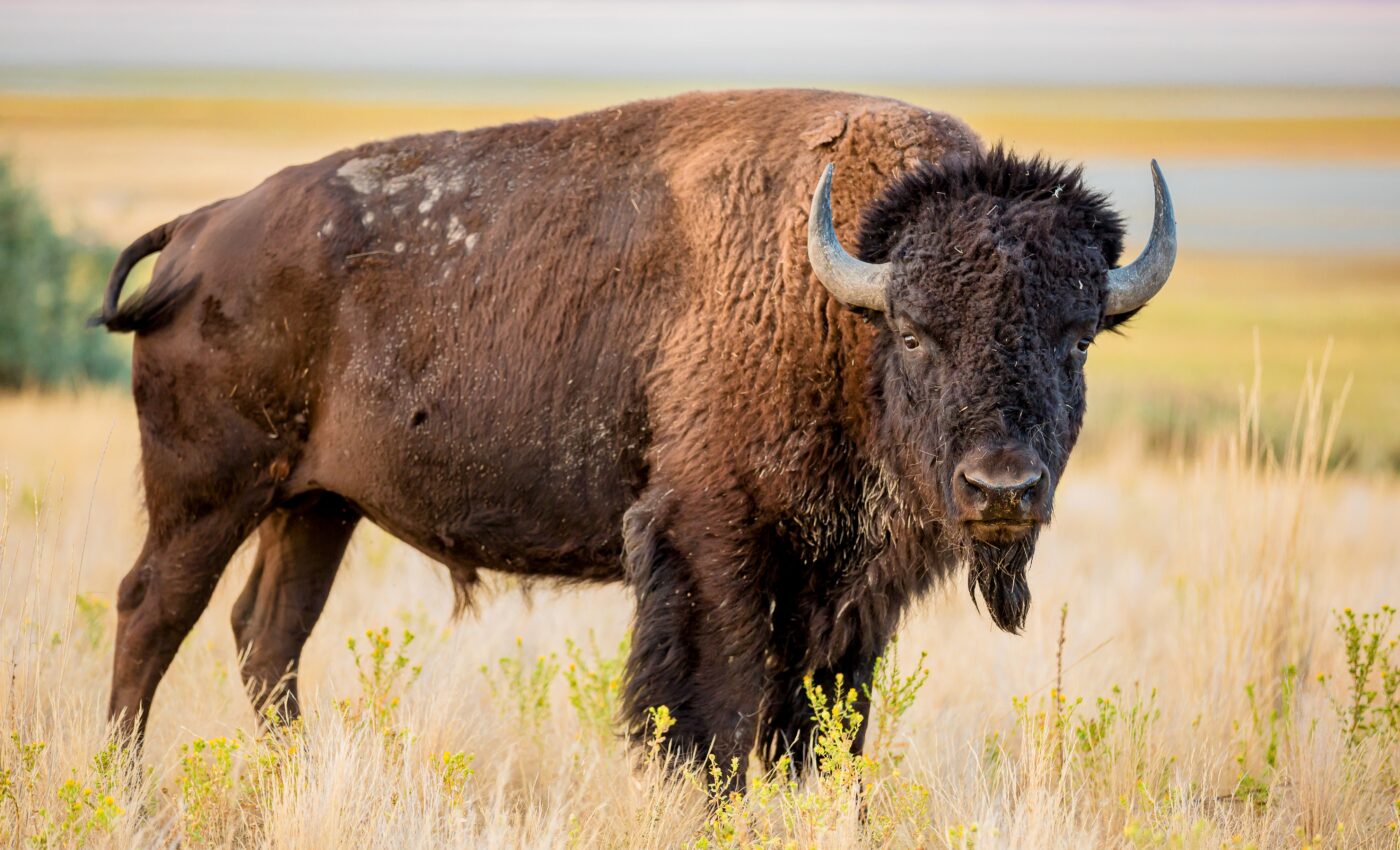
Climate change influences the movement of Plains bison
Although the majestic American Plains bison is the largest mammal on the continent, history has offered ample proof of their vulnerability: in a span of just a few centuries, bison populations had dwindled from tens of million to merely a few hundreds.
While recent conservation efforts have pushed the number of Plains bison back to about 20,000 – and their status from endangered to near-threatened – a team of researchers led by the University of Nebraska-Lincoln has now argued that any future conservation initiatives should also take into account the effects of the rapid climate change we are currently experiencing.
To assess the impact of climate on these animals, the experts analyzed the movements of 33 Plains bison from two sites in Oklahoma – the Wichita Mountains Wildlife Refuge, located in the southwestern part of the state, and the Tallgrass Prairie Preserve from Oklahoma’s northern border. Each of the bison wore GPS-equipped collars tracking their location every 12 minutes over several years, yielding a total of 715,344 measurements.
By pairing this data with temperature, rainfall, wind, and drought-revealing moisture soil readings, the researchers found that air temperature impacted bison movement more than any other factor. When the temperature ranged from a few degrees below zero to 83 degrees Fahrenheit, bison movement increased by 92.5 percent for each 18-degree rise. However, above this threshold, an 18-degree increase was correlated to a 48.5 decrease in movement.
These findings suggest that, in moderate heat, the bison were moving in search of grasses that grow better at higher temperatures, while during excessive heat, they most likely rested and cooled themselves in places where standing water and shading trees protected them from heat stress.
Droughts also seemed to substantially influence bison movement. While they did not seem to be affected by moderate drought, probably due to the fact that they are able to take up water through vegetation, in periods of extreme drought – such as the one that struck Oklahoma in the early 2010s – bison moved substantially more to search for better sustenance.
“When we think about reintroducing bison or any large animal to a landscape, the landscape that the animal is inhabiting is potentially a lot smaller than it was historically. In 1491, if there was a drought in northeastern Montana, the bison had the entire Great Plains to escape that drought. They could move as far as they needed to,” said study lead author Nicholas McMillan, an assistant professor of Agronomy and Horticulture at Nebraska.
“In this time when we’re seeing more extremes — more of those extreme air temperatures, more of those extreme droughts — we probably need to rethink how these landscapes are structured, and whether or not they’re actually meeting the fundamental physiological needs of these animals.”
These findings could help inform the management of Plains bison in places such as the Yellowstone National Park, which is currently home to the largest wild herd of bison. Although the size of Yellowstone and other such parks and protected areas may seem to offer everything bison need, the fact that the animals still attempt to leave suggests otherwise. Since extreme heat and drought that are forcing the bison to move are increasing in magnitude and frequency, spaces that were once sufficient may no longer be.
Moreover, as their habitat shrinks, ensuring that bison have access to a diversity of grasslands, trees, and other vegetation, as well as standing water, becomes increasingly important.
“Are we really being ethical if we’re forcing these animals to live in a landscape that may not actually be suited for them into the future? Whether bison were in Yellowstone historically is irrelevant to the likelihood that they can persist there into the future. Because today is completely and fundamentally different than yesterday,” McMillan concluded.
The study is published in the journal Ecology and Evolution.
—
By Andrei Ionescu, Earth.com Staff Writer
Check us out on EarthSnap, a free app brought to you by Eric Ralls and Earth.com.













